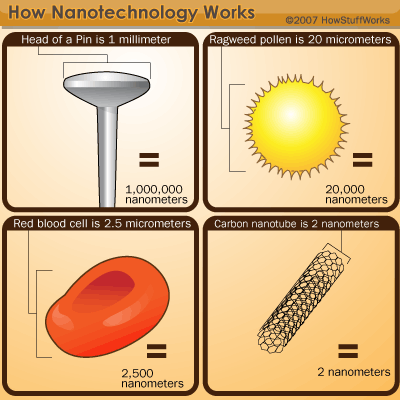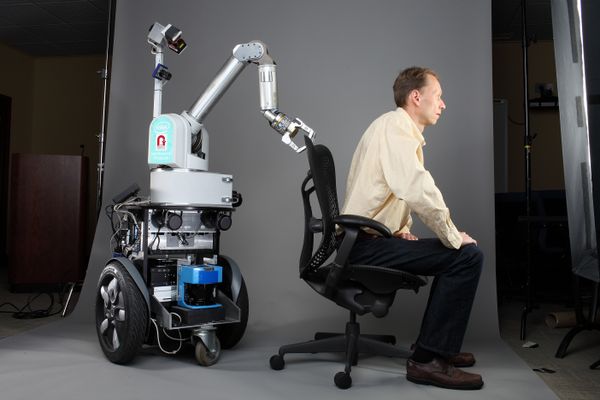Key Takeaways
- The "gray goo" scenario is a hypothetical doomsday concept involving self-replicating nanomachines consuming all organic matter on Earth, leaving behind only a mass of gray goo composed of these nanomachines.
- Kim Eric Drexler introduced the idea, suggesting that nanomachines could theoretically replicate exponentially.
- Most scientists believe that built-in limitations and the current state of technology make the gray goo scenario highly improbable, and there's no immediate cause for concern regarding runaway nanotechnology.
It seems like most science fiction stories have one of two aims: Thrill us with the possibility of an amazing future or frighten the pants off of us with a doomsday scenario. The gray goo nightmare falls squarely into the second category. But is it just science fiction?
The term refers to a disaster scenario in nanotechnology applications. Nanotechnology is the science of manipulating matter on a molecular scale. The discipline includes the goal of building devices on this scale, possibly capable of manipulating individual molecules or even atoms.
Advertisement
An engineer and futurist by the name of Kim Eric Drexler proposed an intriguing possibility for nanotechnology in his book "Engines of Creation." Drexler envisioned a future in which tiny machines called assemblers could build materials molecule-by-molecule. Using billions of these assemblers, you could manufacture practically any material you could imagine. The assemblers would put the molecules together in just the right way to produce what you needed.
How do you get so many assemblers? First you build a few in the lab. Then you set the assemblers to build other assemblers. These new assemblers will begin building more machines in turn. The manufacturing rate becomes exponential, doubling with each generation.
But what happens if the production gets out of control? That would lead to the gray goo scenario. Assemblers would begin to convert all organic matter into more assemblers, consuming everything in the process. The Earth would be reduced to a lifeless mass teeming with nanomachines.
For this scenario to come true, the nanomachines would have to be able to survive in a variety of harsh environments. They'd also need the ability to consume any and all organic matter. And we'd have to be defenseless against the nanomachines.
Scientist Robert A. Freitas Jr. looked into the gray goo scenario from a medical perspective. His calculations indicated that we'd recognize the disaster in time to contain it. Other scientists have said that any self-replicating assembler would have built-in limitations preventing it from replicating out of control. And many scientists say that it may be impossible to build assemblers at all -- for the foreseeable future, at least.
There's certainly no reason to lose sleep over the gray goo scenario right now. In fact, we're not able to build such a sophisticated machine on the nanoscale yet. But we must still be careful when dealing with nanotechnology -- the properties of substances can change at the nanoscopic level. So while we might not have to worry about gray goo, we still have to be careful with materials that might be toxic on the nanoscale.
Learn more about nanotechnology by following the links on the next page.
Advertisement


